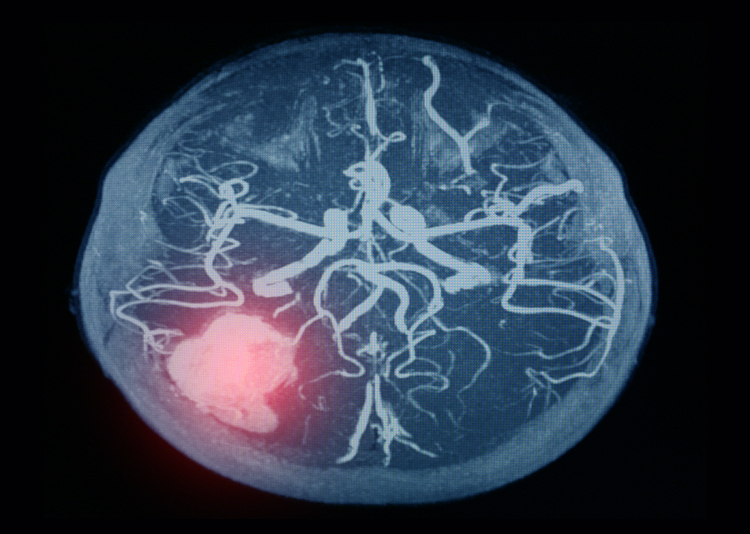Integrative analysis to reveal ceRNA network
The whole transcriptome is the collection of all transcripts (mRNA, lncRNA, microRNA and circRNA) of a specific cell or tissue at a certain time. Whole transcriptome sequencing can analyze both coding and non-coding RNAs of the same sample simultaneously, as well as joint analysis of multiple RNAs, integration analysis of target mRNA, etc., to explore its potential competing endogenous RNAs (ceRNAs) and comprehensively reveal the mechanism of transcriptional regulation. Whole transcriptome sequencing is mainly used in the research of immune study, disease research, development and evolution and drug targets.
With Whole Transcriptome Sequencing, you can benefit from:
1. Getting the most comprehensive view of the transcriptome.
2. Identify the interaction network of the intact transcriptome.
3. Learn more about molecular mechanisms of the cell life cycle.
4. More importantly, benefit from the new breakthrough in competing endogenous RNAs research.
How integrated transcriptome analysis reveals the regulatory network for ceRNA
ceRNA network is a hypothesis, the cross-talk between RNAs through microRNA response elements (MREs) could form a large-scale regulatory network across the transcriptome, including coding and non-coding RNAs.
Like other ceRNAs, namely pseudogenes, lncRNAs and circRNAs, mRNAs also contain MREs, which are normally located within the 3′UTR. These RNAs potentially compete for miRNA binding, thereby regulating miRNA repression.
Thus, mRNAs, different types of ceRNAs and miRNAs would form a network of interactions called the ceRNA network. ceRNAs usually contain MREs for multiple miRNAs, each miRNA can regulate multiple ceRNAs, and most ceRNAs are regulated by more than one miRNA.
Diagram reference: Zhang, P., Wu, W., Chen, Q. and Chen, M., 2019. Non-coding RNAs and their integrated networks. Journal of integrative bioinformatics, 16(3).

Are you ready to get started on your Whole Transcriptome Sequencing Project?
Request for a non-obligatory scientific consultation on your experimental design with us. Contact us now.
Explore our customers' publications on how they used transcriptome analyses to comprehensively investigate the ceRNA network in revealing significant insights into their work.

Reconstruction of circRNA-miRNA-mRNA associated ceRNA networks reveal functional circRNAs in intracerebral hemorrhage
Sci Rep 11, 11584 (2021). doi: 10.1038/s41598-021-91059-9.
The genomic coverage for intracerebral haemorrhage (ICH) has been understudied to provide a comprehensive picture of the cerebral transcriptome landscape. Dr Tang Xiaobo and the team from the Department of Biopharmaceutical Sciences, College of Pharmacy, Harbin Medical University, used transcriptome profiling to analyze the expression of cerebral circRNA, messenger RNA (mRNA), and microRNA (miRNA) in ICH rats.
The results showed a significant role for circRNAs in the pathogenesis of intracranial haemorrhage (ICH) and in reverse remodelling based on self-protection support, offering deep insights into many possible biomarkers for the early diagnosis and prognosis assessment of ICH, as well as therapeutic targets assisting the development of new drugs. Read the publication here.

Transcriptomic and genome-wide association study reveal long non-coding RNAs responding to nitrogen deficiency in maize
BMC Plant Biol. 2021 Feb 12;21(1):93. doi: 10.1186/s12870-021-02847-4.
Long noncoding RNAs (lncRNAs) serve crucial roles in biological processes. However, current knowledge of lncRNAs as competitive endogenous RNAs (ceRNAs) and their nitrogen stress responses is limited. Using lncRNA-Seq and small RNA-Seq, Dr. Shibin Gao and the team at the Maize Research Institute, Sichuan Agricultural University and State Key Laboratory of Crop Gene Exploration and Utilization in Southwest China, investigated the lncRNAs and miRNAs in maize inbred line P178 leaves and roots at the seedling stage under high-nitrogen (HN) and low-nitrogen (LN) circumstances.
By combining GWAS and RNA-Seq, the work yielded novel insights into the potential regulatory roles of lncRNAs in response to LN stress, as well as significant information for further screening of candidates and the enhancement of maize resistance to LN stress. Read the publication now.

Novogene is a leading provider of genomics services and solutions for the research and clinical fields. We have a global footprint with sequencing labs in Singapore, China, the US (at The University of California at Davis campus), and the UK (Cambridge). The AMEA regional headquarters is in Singapore, overseeing a dynamic and diverse region with presence in Singapore, Japan, Hong Kong S.A.R., Australia, India and across the region through our network of local partners.
NovogeneAIT Genomics Pte. Ltd. (Regional Office for Asia Pacific, Middle-East & Africa)
11 Biopolis Way, #10-11 Helios Singapore 138667
© 2022 Novogene Co., Ltd. All Rights Reserved

